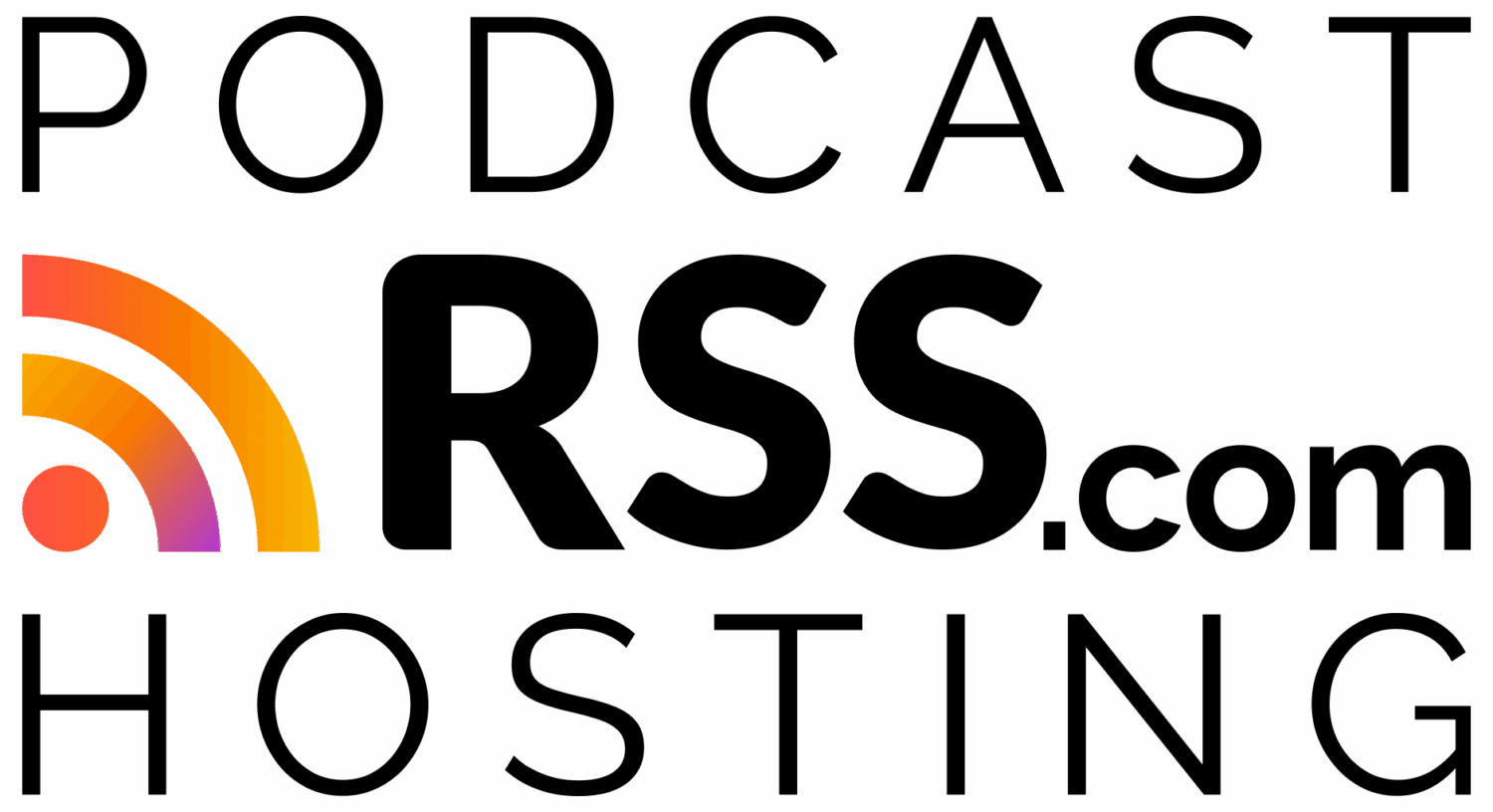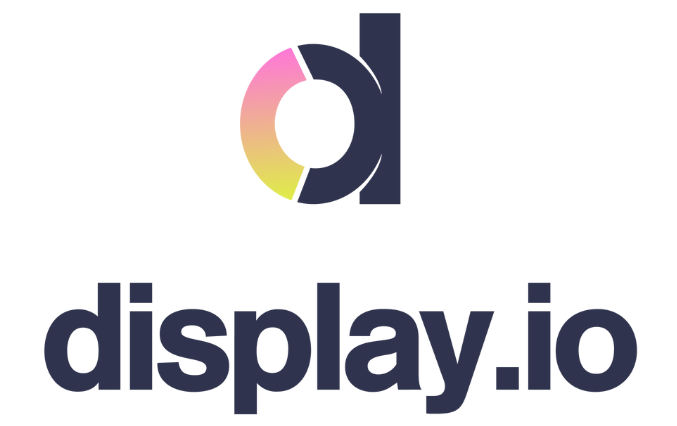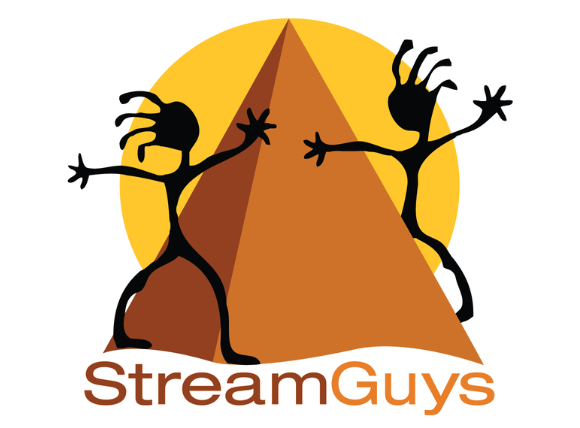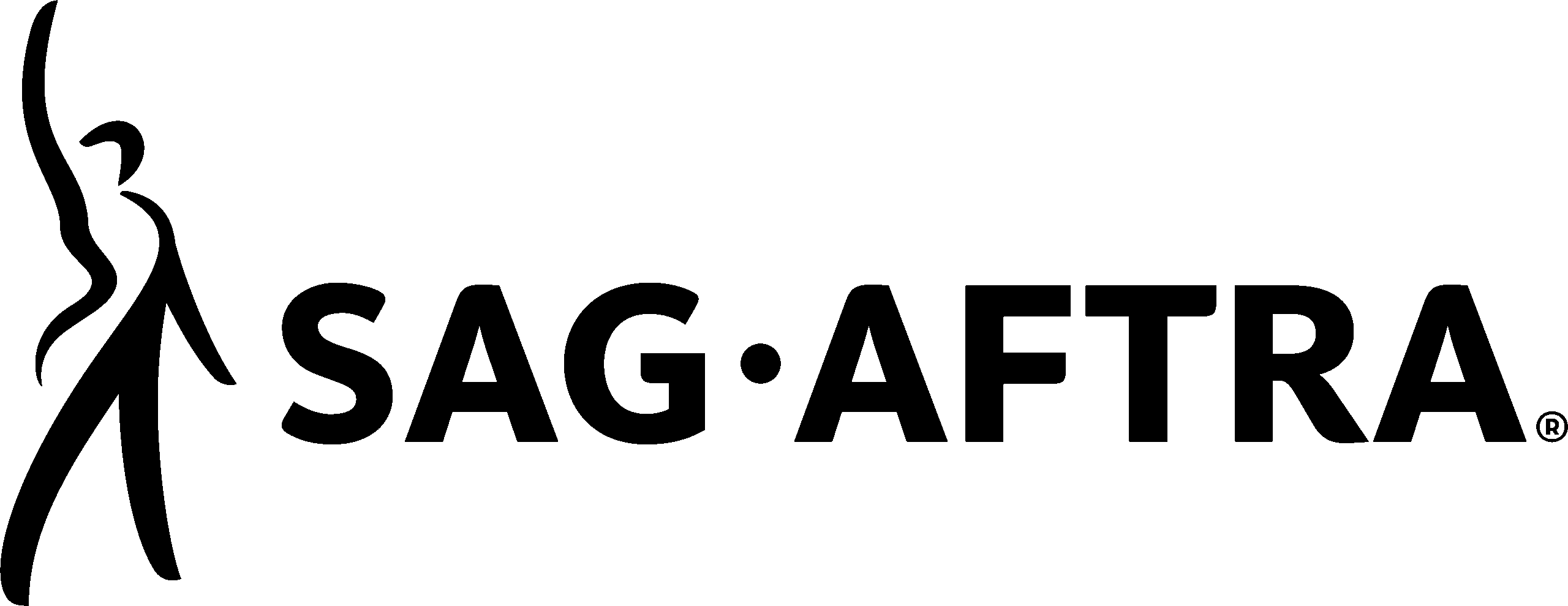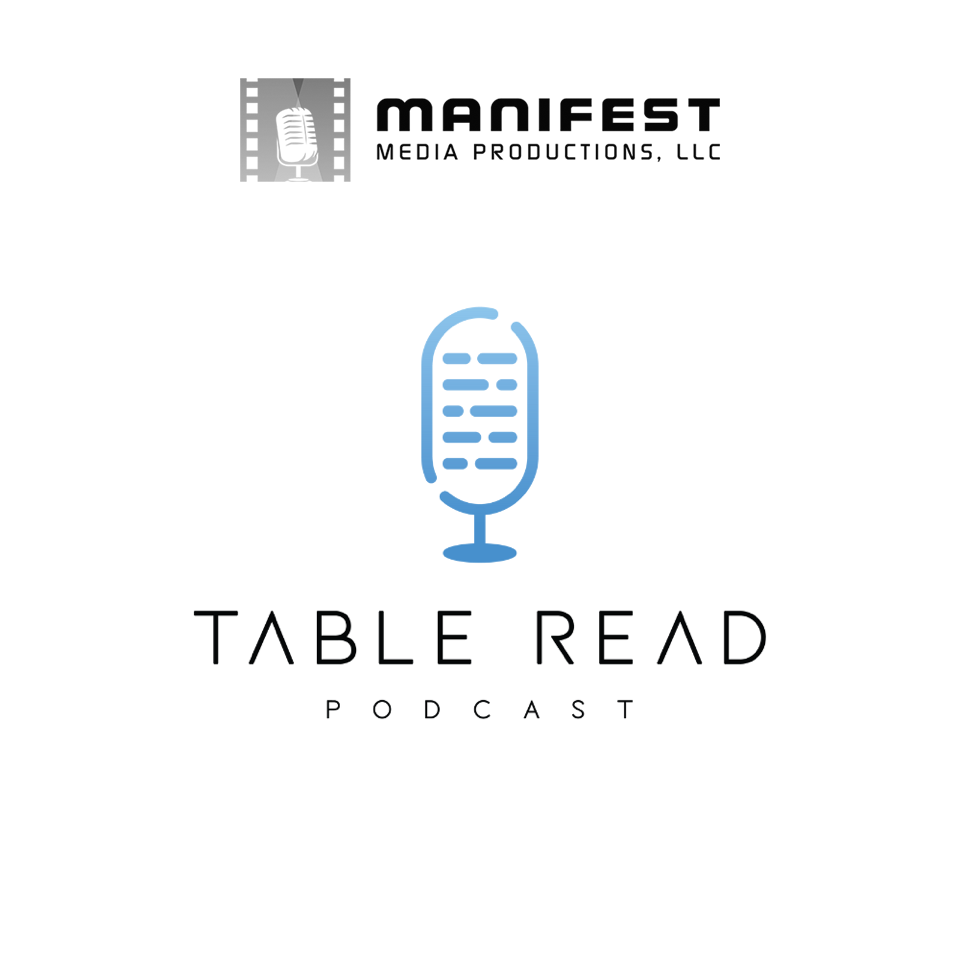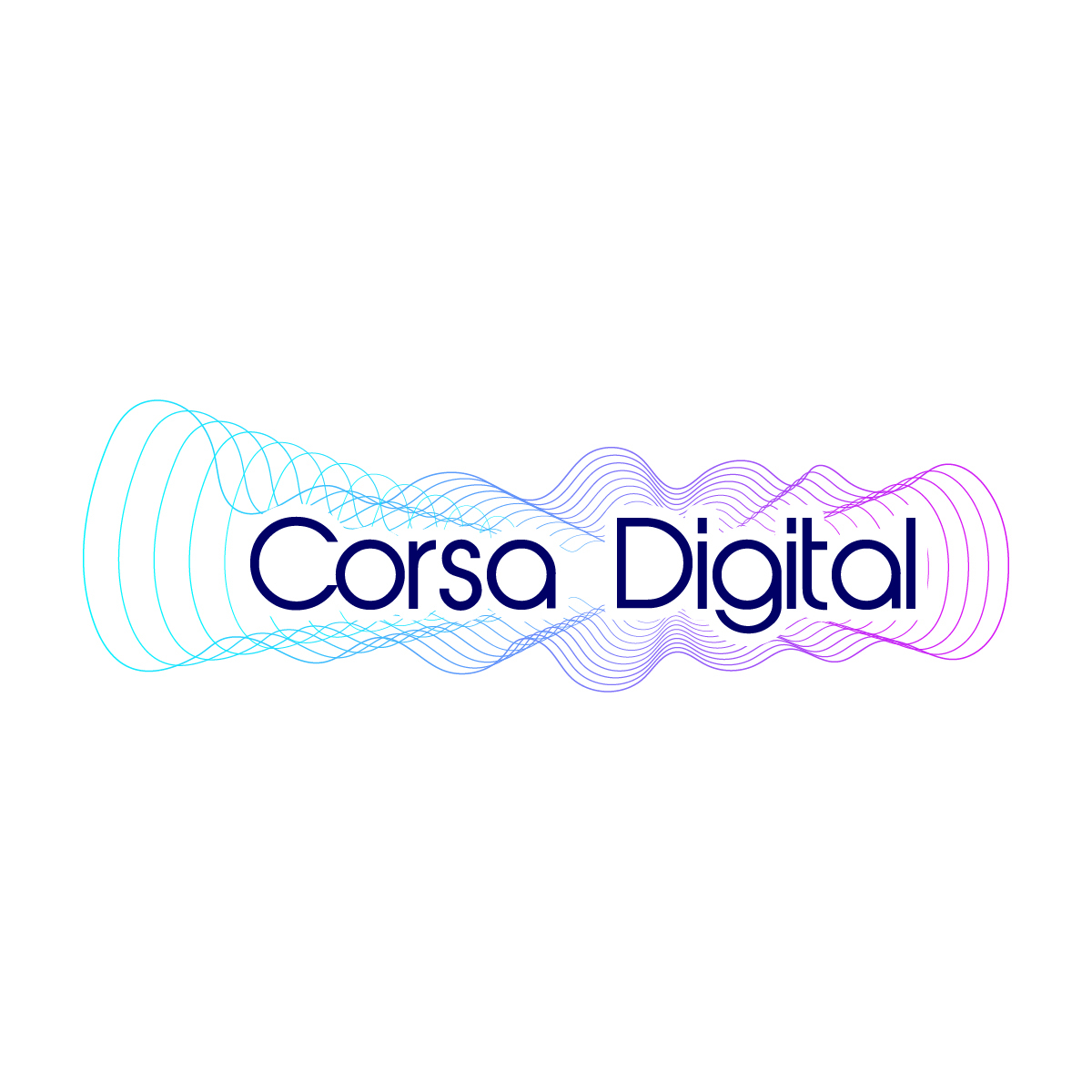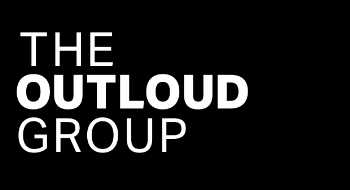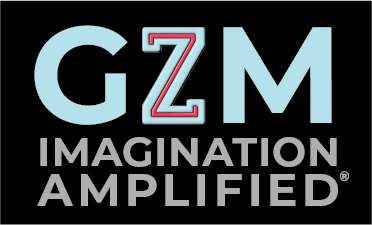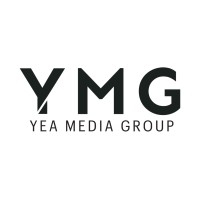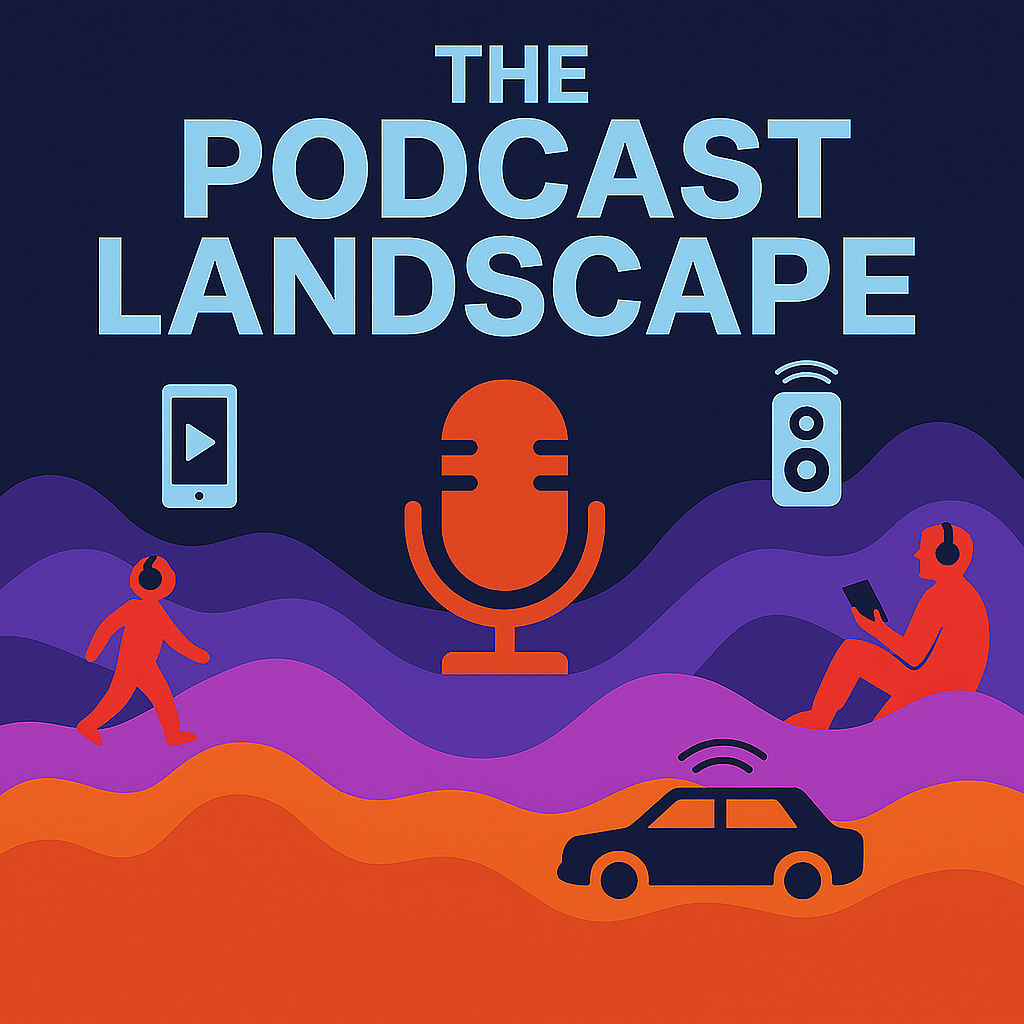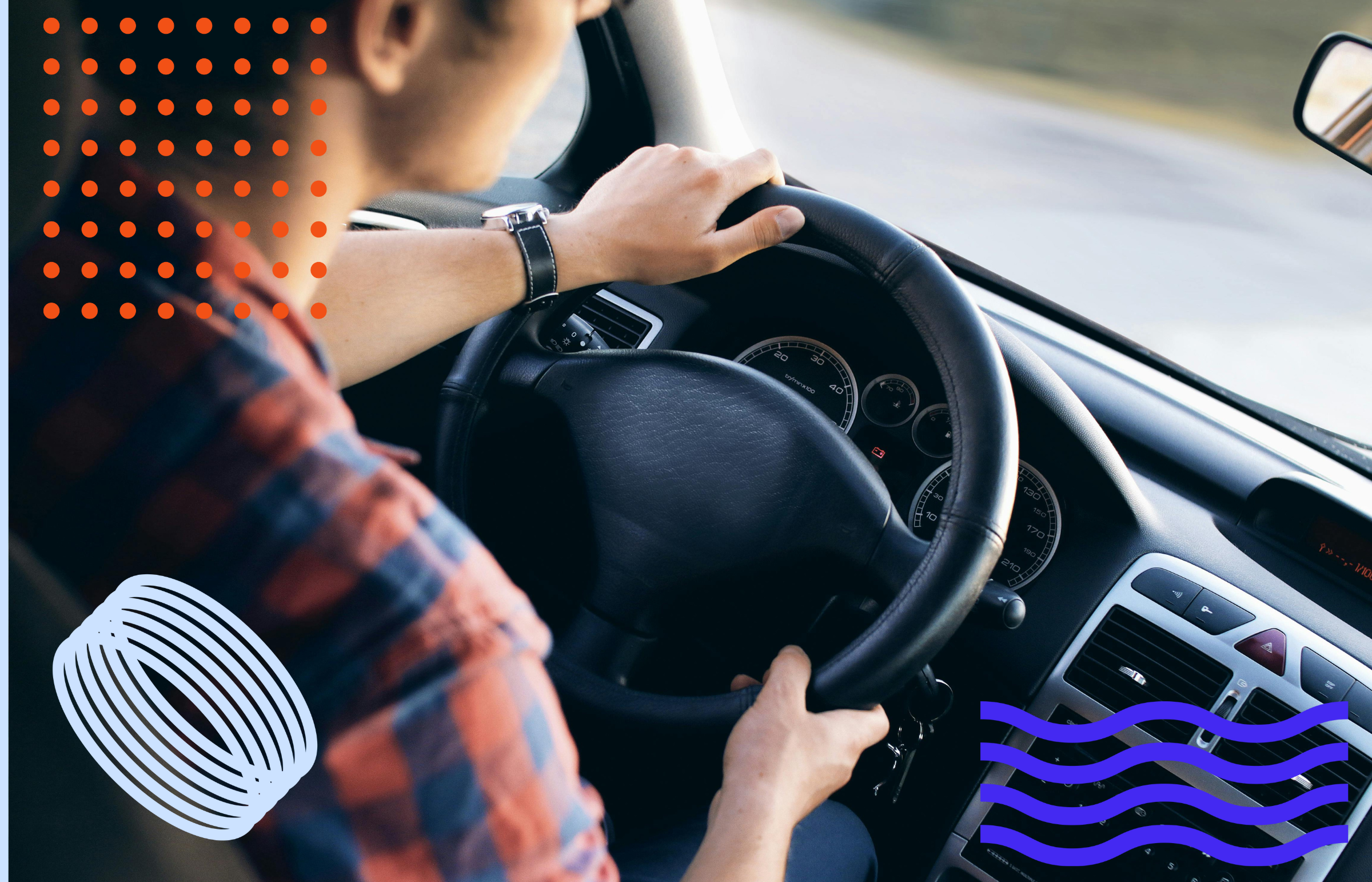This Week in the Business of Podcasting
This has been a week of big moves. New tools, new acquisitions, and preparing for the future. What better way to prepare, then arm oneself with knowledge? Let’s get into the news.

Transparency. Performance. Automation.
Video’s Role in Podcast Discovery (Where it Exists)
This Wednesday from Tom Webster at Sounds Profitable: Last week Webster wrote the beginning of a short article series looking at two distinct groups of respondents found within this year’s edition of The Podcast Landscape. The two groups are dubbed ‘audio primes’ and ‘video primes,’ each consisting of respondents who consume 75% or more of their podcasts via that chosen medium. Audio primes primarily consume audio podcasts, and vice versa with video.
This week focus is shifted to how these two groups find their favorite podcast. Note the question is not how they find podcasts in general but how they found their specific favorite show. Unsurprisingly, YouTube takes the lead with video primes, with 66% of respondents using the platform when they found their favorite show.
Audio primes introduce a curve ball to the equation as the top three discovery methods are Spotify and Facebook (both scoring 14%) and then YouTube secures first place with 48%. A quote from Webster:
“Let that sink in for a moment: nearly half of the segment of the podcast audience that predominantly listens to podcasts admit that they found their favorite podcast on a visual platform. That fact didn’t change the overall behavior of this segment, which is overwhelmingly to listen, not watch, podcasts. Nonetheless, they added their top show via YouTube, and this should give us pause. What if it were true that not only does video drive podcast discovery but also that podcast discovery drives video?”
Webster then pulls a slide from last year’s Sound You Can See study that asked respondents “why is using YouTube for podcasts better than using an audio-only service?” If one sets aside the obvious top answer (“YouTube is where I consume other content”), the remaining top responses paint a picture: video is important, it’s easy to use, it has ways to engage and comment, it has better recommendations than audio apps, and is easier to share content from. Audio primes might primarily listen with their ears, but they’re still shopping with their eyes. Audio-first podcast apps lack a focus on video integration, and audio-forward podcasts lack the video element needed if apps did push video discoverability. Podcasting is still audio focused but the current audience of podcasting is telling the industry they want more.
Insignia Acquires Veritone One, Oxford Road
This Tuesday from Ashley Carman at Bloomberg: Investment firm Insignia Capital Group LLC has announced the acquisition of two podcast advertising agencies, purchasing Veritone One and Oxford Road. With the acquisition, Oxford Road CEO and founder Dan Granger is now also CEO of Veritone One. For the immediate future the two companies will remain separate, with plans to eventually combine the two. A quote from Granger in the official press release:
“Brands have been missing out on the full power of audio and creator-led content because these highly fragmented channels are challenging for firms without deep subject matter expertise. Our mission is to redefine the value of these channels for advertisers.”
Granger goes on to say combining Veritone One’s tech and data platform with Oxford Road’s innovations will create an agency that “sets a new standard.”
While Veritone One and Oxford Road are Insignia’s first step into podcast advertising, the company’s public portfolio shows several e-commerce, retail, and marketing agency investments that could easily dovetail with podcast advertising.
Spotify is Tuning Their SAX
This Wednesday from Sara Fischer, writing for Axios: three sources familiar with behind-the-scenes information at Spotify tell Axios the company has built their own supply-side platform (SSP) to scale automated ad offerings. In the early stages, the new SSP internally named Spotify Ad Exchange (or SAX) will focus on video advertisement. Spotify’s first demand-side platform (DSP) partner for SAD is The Trade Desk.
As of last week an SSP plugin connecting Spotify’s video inventory to The Trade Desk is being tested. The goal of the partnership is to connect North American advertising clients to Spotify’s video ad inventory, with a future intention to bring audio into the mix.
This renewed focus on video advertising comes with the Monday announcement that Spotify’s video inventory now has invalid traffic and viewability measurement provided by DoubleVerify.
Brands Focusing Spend on Fewer Influencers
This Tuesday from Sam Bradley at Digiday: According to a survey of 200 marketers by influencer agency Linqia, there is a growing preference to work with influencers who have sizable followings (defined as > 500k followers). This has a knock-on effect of causing influencers under that threshold to feel left out while the creator economy makes headlines for its fast growth.
Industry experts tell Digiday that while micro-influencers (10k to 50k followers) and nano-influencers (under 10k followers) are viable investments for marketers, economic factors lead to clients favoring larger accounts. While spending is increasing for those influencers, including higher rates, brands are also noting higher management costs that encourage them to favor fewer, bigger personalities.
Podcast influencers can bridge that gap, as even ‘sizeable following’ shows retain strong parasocial relationships between the hosts and their audience, allowing for leaned-in engagement on scales influencers with the same numbers on social media platforms can’t match.
Quick Hits
While they may not be top story material, the articles below from this week are definitely worth your time:
- American Public Media Takes Home MarTek Award Marketplace’s Million Bazillion Live! School Tour presented by Greenlight reached 63 schools in 20 metropolitan areas across the U.S., promoting financial literacy in underserved communities.
- Top Podcast Advertisers – September 2024 Rankings Magellan AI shares the top movers and shakers in podcast advertising from last month.
- How Brittany Clevenger is effecting change at BetterHelp and broadly across podcast marketing by Lindsay Rittenhouse AdAge has posted their 40 Under 40 honorees, including BetterHelp’s Director of Growth Marketing
- Spotify adds auto-moderation tool to help podcasters manage comments by Ivan Mehta Tools include the ability to blacklist words and filter for inappropriate comments.
- Audible Audio Compass 2024: Almost every second person listens to audio content (Source in German) This year’s Compass found 46% of Germans regularly listen to audio books, radio plays, and podcasts.











